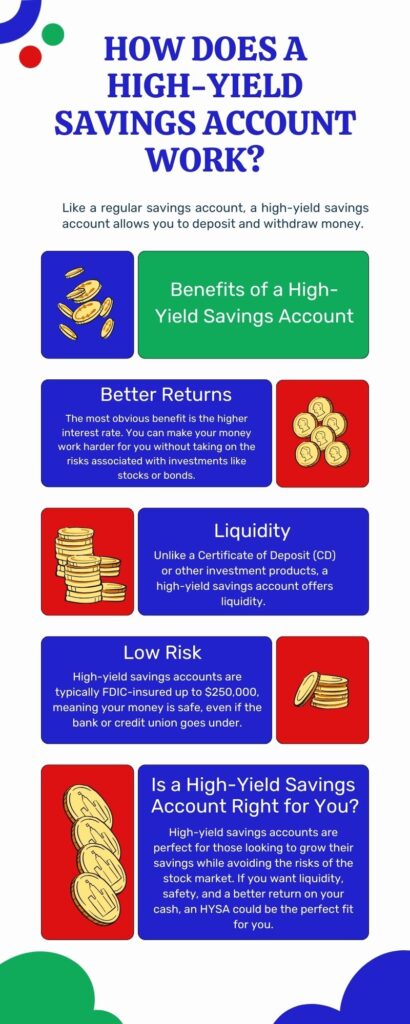Morse code, an iconic method of communication dating back to the 19th century, is still fascinating today. Used to send messages through a series of dots and dashes, Morse code was a vital tool for telegraphy, maritime communication, and even military operations. But in today’s world, you don’t need to be an expert to decode it. With online tools, you can easily convert Morse code to English with just a few clicks.
In this blog, we’ll explore what Morse code is, how you can convert Morse code to English using a translator, and why it’s still relevant in the modern age.

What is Morse Code?
Morse code is a way of encoding letters, numbers, and punctuation into sequences of dots (short signals) and dashes (long signals). It was created by Samuel Morse in the 1830s and became an essential method of long-distance communication. Before radios and phones, Morse code allowed people to send messages over telegraph lines, across the ocean, and between ships.
Even though technology has evolved, Morse code remains an important part of history, and enthusiasts continue to use it today. Now, with modern Morse code translators, you can easily convert Morse code to English text or the other way around.
How to Convert Morse Code to English Using a Translator
Thanks to the internet, converting Morse code to English is easier than ever. With a Morse code translator tool, you can translate in seconds. Here’s how it works:
- Type Your Morse Code: If you have a message in Morse code, type or paste it into the input box of the Morse code translator tool.
- Press Translate: Once you’ve entered the Morse code, hit the “Translate” button to instantly convert Morse code to English.
- Read the Result: The English text will appear in the output box, ready for you to read or copy.
Tip: If the Morse code contains symbols or characters that can’t be translated, a “#” symbol will appear to indicate those.
Using a Morse Code Translator for English to Morse Code
A good Morse code translator doesn’t just convert Morse code to English; it can also convert English to Morse code. Here’s how you can use it:
- Enter English Text: Simply type the text, numbers, or punctuation that you want to convert into the input box.
- Get Morse Code: The corresponding Morse code, made up of dots and dashes, will appear in the output box.
- Listen and Copy: Many tools let you listen to the Morse code as it would sound in real life, giving you an immersive experience. You can also copy the code and use it in your projects.
Why Convert Morse Code to English?
You may wonder why someone would need to convert Morse code to English today. There are several reasons:
- History: If you’re a history buff or researching wartime communications, being able to convert Morse code to English can help you decode old messages and documents.
- Learning: If you’re learning Morse code for fun or for a hobby, practicing with a translator tool is a great way to understand how the code works.
- Security and Encryption: Morse code can still be used for sending secret or encrypted messages. It adds a unique layer of communication that’s difficult to intercept.
Whether you’re learning for fun, solving puzzles, or working with encrypted communications, converting Morse code to English has a variety of uses.
Features of Our Morse Code Translator
Our Morse code translator tool offers several key features to make it easy for you to convert Morse code to English and vice versa:
- Fast and Accurate: Instantly convert Morse code to English text or convert text into Morse code.
- Simple Interface: Just type letters, numbers, or punctuation into the input box, and the Morse code will appear in the output box.
- Listen to the Code: You can also hear what the Morse code sounds like, helping you to get a feel for how it would be transmitted in real life.
- Error Handling: If the translator encounters an untranslatable character, it will mark it with a “#” so you know something isn’t quite right.
Summary
Converting Morse code to English has never been easier. With just a few clicks, you can translate messages from dots and dashes into plain text using a Morse code translator. Whether you’re exploring history, practicing Morse code, or using it for secret messages, these tools make the process simple and accessible. Try our Morse code translator today and discover the world of Morse code for yourself!

